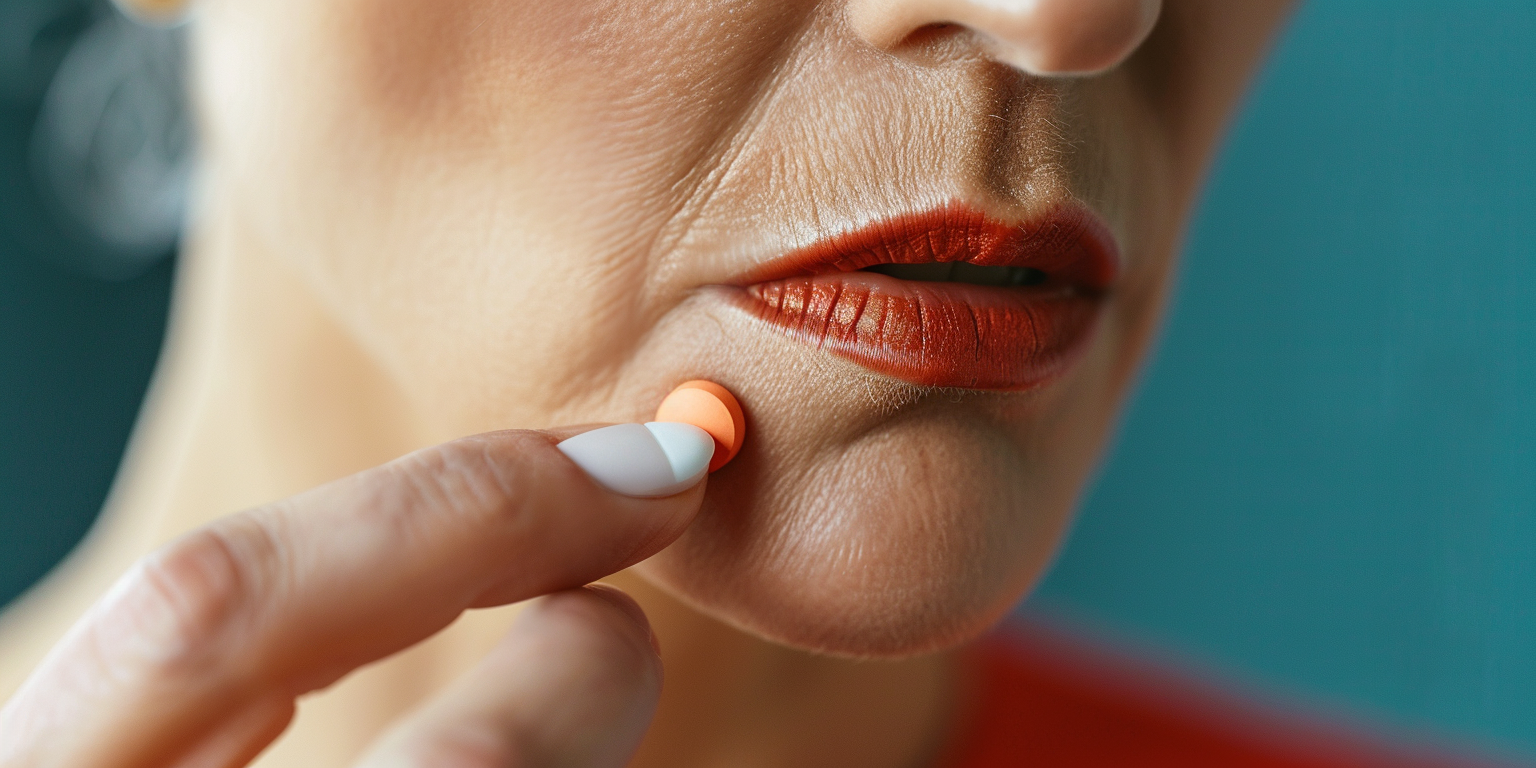Accidents and emergencies can happen anytime, anywhere. Whether you’re at home, on the road, or enjoying the great outdoors, having a well-equipped first-aid kit is crucial. A first-aid kit serves as your immediate resource to address minor injuries, provide initial care, and potentially save lives. While any first-aid kit is better than nothing, some kits should be specifically put together depending on their intended use. In this comprehensive guide, we will explore the best types of first-aid kits to have, and the essentials for each of them, ensuring you’re prepared for any unexpected situation.
Basic First-Aid Kit
Every household should have a basic first-aid kit readily available. This type of kit is ideal for treating minor injuries and includes essential supplies such as adhesive bandages, sterile gauze pads, adhesive tape, antiseptic wipes, scissors, tweezers, disposable gloves, and a CPR mask. It’s a fundamental kit that provides immediate care for cuts, scrapes, burns, sprains, and other common injuries. However, as encouraged by the personal injury attorneys at Gary C. Johnson, if someone else’s negligence has caused a serious injury, you should seek medical attention even if you don’t think you need it.
Travel First-Aid Kit
When you’re on the move, whether traveling locally or internationally, a travel first-aid kit is a must-have. It’s designed to be compact, lightweight, and portable. Along with the basic first-aid supplies, a travel kit should include medications such as pain relievers, antihistamines, anti-diarrheal medication, and motion sickness tablets. Additionally, it’s advisable to carry any necessary prescription medications and copies of important medical documents.
Outdoor First-Aid Kit
If you’re an adventure enthusiast or love spending time outdoors, an outdoor first-aid kit is essential. It caters to potential injuries and emergencies specific to outdoor activities like hiking, camping, or sports. In addition to the basic supplies, it should include blister treatments, insect repellent, sunscreen, cold packs, emergency thermal blankets, and a whistle for signaling for help. Consider adding a compact splint and a snakebite kit if you’re in snake-prone areas.
Workplace First-Aid Kit:
For employers and businesses, having a well-stocked workplace first-aid kit is crucial. It ensures the safety and well-being of employees in case of on-site injuries or medical emergencies. The kit should comply with local regulations and the nature of the workplace. It may include additional supplies like eye wash solution, burn dressings, sterile eye patches, emergency eyewash station, and specialized tools for removing foreign objects.
Car First-Aid Kit
More than 2 million car accidents happen every year in the United States. While many require immediate medical attention and the resources of professionals, minor car accidents occur all the time. You might be in a situation where medical interference isn’t necessary, but a car’s first-aid kit can have everything you need to handle the present situation. San Antonio car accident lawyers at The Aguirre Law Firm note that even if an ambulance isn’t necessary at the scene of the accident, still seeing a doctor for the purpose of documentation and reassurance that your injuries are minor is essential.
Your car’s first aid kit should include all the basic supplies, along with items that could assist more serious situations like a seatbelt cutter, window breaker, reflective warning triangle, and a high-visibility vest. Being overly prepared, especially in the context of car-related injuries, is always best.
Advanced First-Aid Kit
For those with advanced medical training or specific needs, an advanced first-aid kit is worth considering. It goes beyond the basic supplies and may include advanced equipment such as a stethoscope, blood pressure cuff, diagnostic tools, sutures, burn gel dressings, and more. This kit is suitable for healthcare professionals, outdoor guides, and individuals with specific medical conditions requiring specialized care.
Maintain Your Kit And Know How To Use It
Having a well-stocked first-aid kit is essential, but it’s equally important to keep it up to date. Regularly check expiration dates on medications, replace used or expired items, and ensure all supplies are in good condition. Additionally, consider undertaking first-aid and CPR training courses to enhance your knowledge and skills, ensuring you can effectively respond in emergencies.
Investing in the right first-aid kit is an investment in safety and preparedness. The best type of kit depends on your specific needs and activities, so at times it is best to have a certain kit prepared for a certain activity or setting. Unfortunately, just having a first-aid kit won’t cut it in an emergency situation. It is crucial that you always know what you have available and how to use it to make the best use of it possible.


